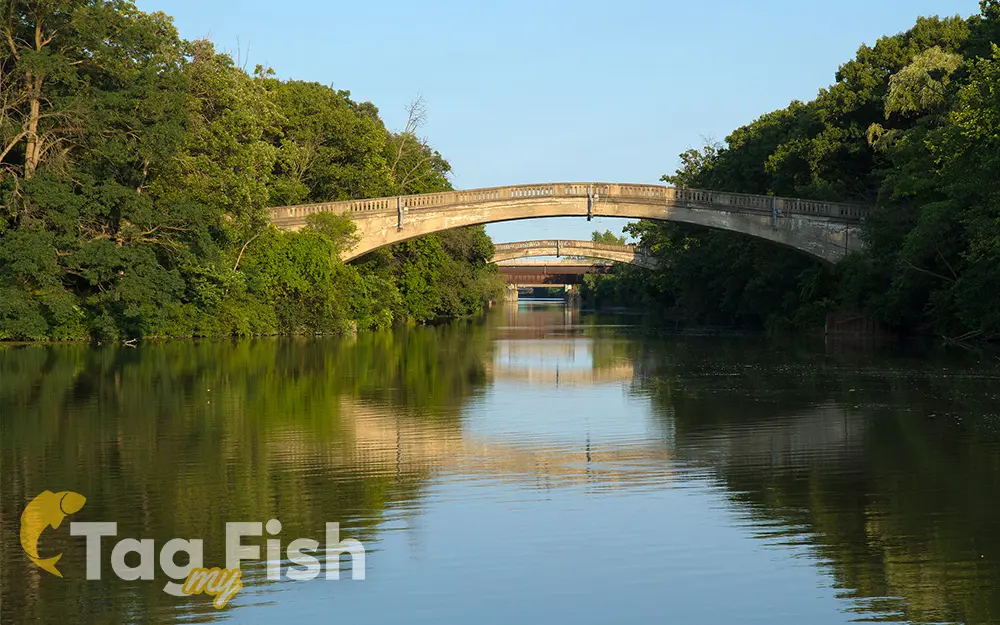Erie Canal

General data
- Name: Erie Canal
- Water system: Hudson River
- Water type: Canal
- Progression: Hudson River -> Upper New York Bay -> Lower New York Bay -> Atlantic Ocean -> Planet Earth
- Climates: Continental
- Continents: North America
- Countries: United States of America
The Erie Canal is a historic canal in upstate New York that runs east–west between the Hudson River and Lake Erie. Completed in 1825, the canal was the first navigable waterway connecting the Atlantic Ocean to the Great Lakes, vastly reducing the costs of transporting people and goods across the Appalachians. In effect, the canal accelerated the settlement of the Great Lakes region, the westward expansion of the United States, and the economic ascendancy of New York State. It has been called ’The Nation’s First Superhighway.’ A canal from the Hudson to the Great Lakes was first proposed in the 1780s, but a formal survey was not conducted until 1808. The New York State Legislature authorized construction in 1817. Political opponents of the canal, and of its lead supporter New York Governor DeWitt Clinton, denigrated the project as ’Clinton’s Folly’ and ’Clinton’s Big Ditch’. Nonetheless, the canal saw quick success upon opening on October 26, 1825, with toll revenue covering the state’s construction debt within the first year of operation. The westward connection gave New York City a strong advantage over all other U.S. ports and brought major growth to canal cities such as Albany, Utica, Syracuse, Rochester, and Buffalo. Today, the Erie Canal is mainly used by recreational watercraft. It connects the three other canals in the New York State Canal System: the Champlain, Oswego, and Cayuga–Seneca.

 English
English
 Spanish
Spanish
 German
German
 French
French
 Serbian
Serbian
 Russian
Russian

